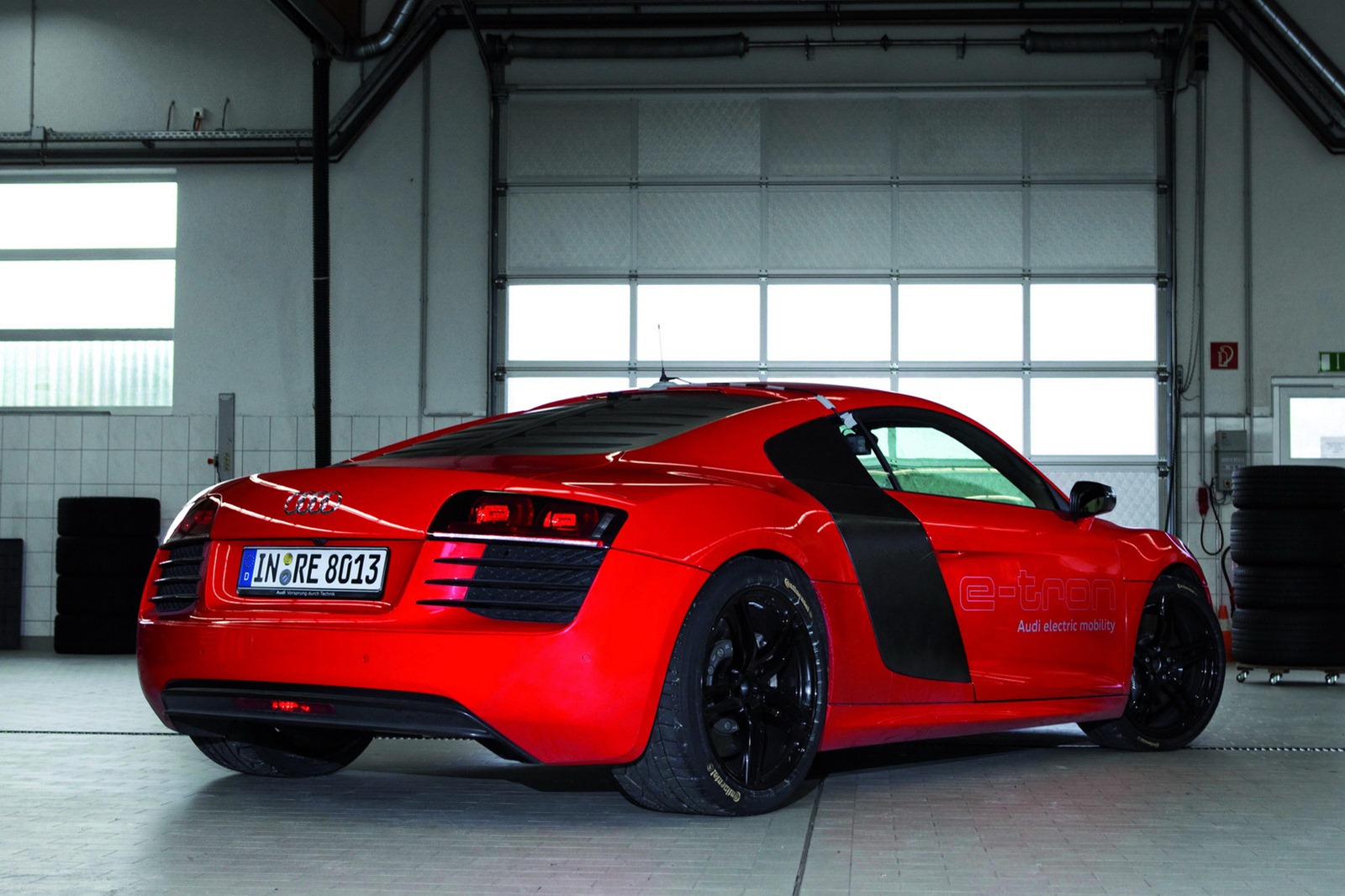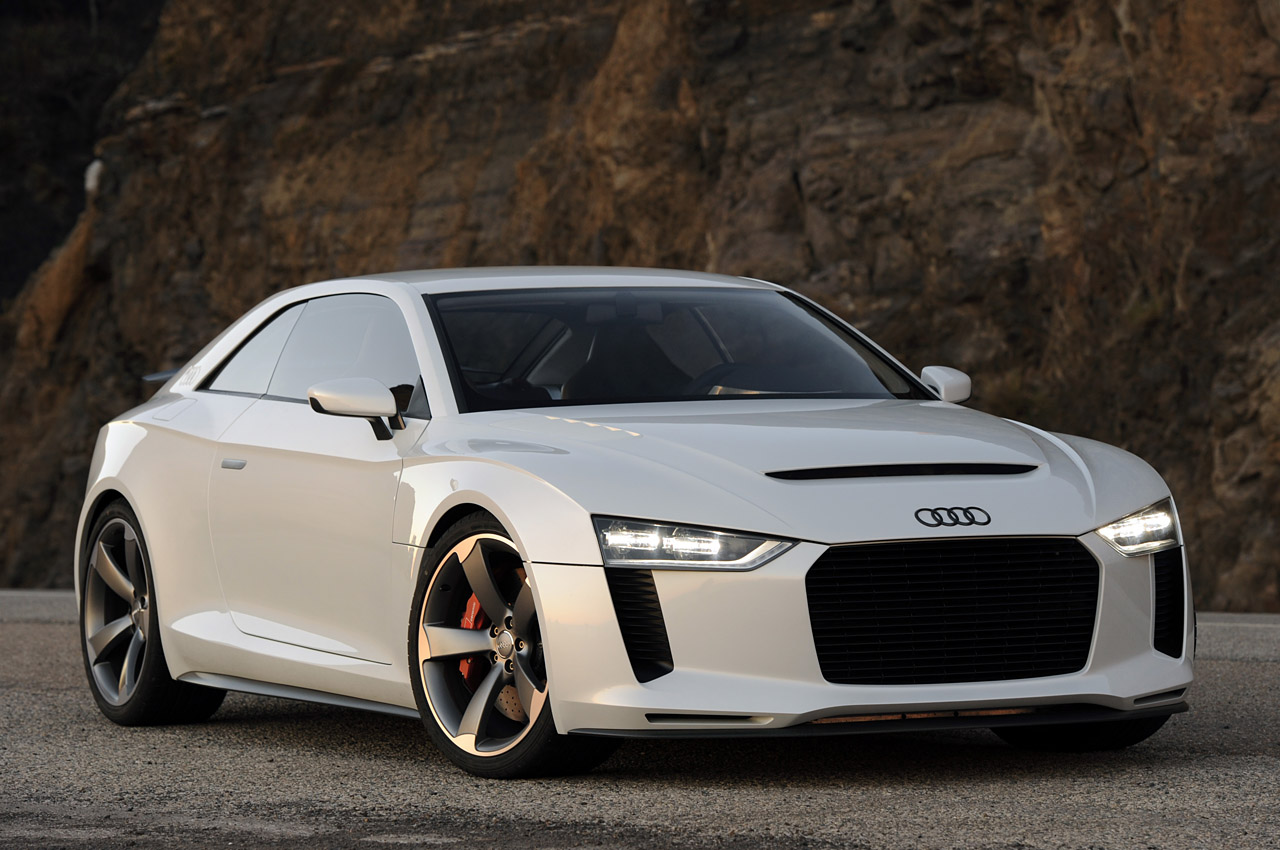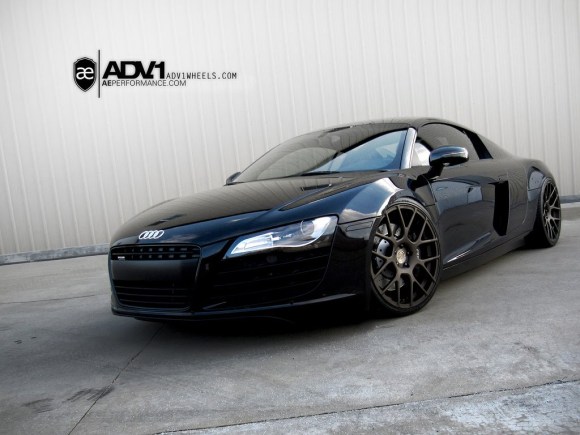Audi definition
Source (google.com.pk)
Originally, in 1885, automobile company Wanderer was established, later becoming a branch of Audi AG. Another company, NSU, which also later merged into Audi, was founded during this time, and later supplied the chassis for Gottlieb Daimler's four-wheeler.[12]
On 14 November 1899, August Horch (1868–1951) established the company A. Horch & Cie. in the Ehrenfeld district of Cologne, but because of a dispute between him and the supervisory board, he had to leave the company. In 1909, he established a second company, Horch Automobil-Werke GmbH. The first Audi automobile, the Audi Type A 10/22 hp (16 kW) Sport-Phaeton, was produced in 1910 in Zwickau.[13]
In 1909, Horch was forced out of the company he had founded.[14] He then started a new company in Zwickau and continued using the Horch brand. His former partners sued him for trademark infringement, and the German Supreme Court (Reichsgericht in Berlin),[15] finally determined that the Horch brand belonged to his former company.[14]
Audi Type E
Since August Horch was banned from using "Horch" as a trade name in his new car business, he called a meeting with close business friends, Paul and Franz Fikentscher from Zwickau, Germany. At the apartment of Franz Fikentscher, they discussed how to come up with a new name for the company. During this meeting, Franz's son was quietly studying Latin in a corner of the room. Several times he looked like he was on the verge of saying something but would just swallow his words and continue working, until he finally blurted out, "Father – audiatur et altera pars... wouldn't it be a good idea to call it audi instead of horch?"[16] "Horch!" in German means "Hark!" or "hear", which is "Audi" in the singular imperative form of "audire" – "to listen" – in Latin. The idea was enthusiastically accepted by everyone attending the meeting.[17] The first Audi car, the Type B, 10/28PS was delivered early in 1910.[18]
Audi started with a 2,612 cc inline-four engine model[clarification needed] followed by a 3,564 cc model, as well as 4,680 cc and 5,720 cc models. These cars were successful even in sporting events. The first six-cylinder model,[clarification needed] 4,655 cc appeared in 1924.
August Horch left the Audi company in 1920 for a high position at the ministry of transport, but he was still involved with Audi as a member of the board of trustees. In September 1921, Audi became the first German car manufacturer to present a production car, the Audi Type K, with left-handed drive.[19] Left-hand drive spread and established dominance during the 1920s because it provided a better view of oncoming traffic, making overtaking safer.[19]
[edit]Auto Union era
Main article: Auto Union
In August 1928, Jørgen Rasmussen, the owner of Dampf-Kraft-Wagen (DKW), acquired the majority of shares in Audiwerke AG.[20] In the same year, Rasmussen bought the remains of the U.S. automobile manufacturer Rickenbacker, including the manufacturing equipment for eight-cylinder engines. These engines were used in Audi Zwickau and Audi Dresden models that were launched in 1929. At the same time, six-cylinder and four-cylinder (the "four" with a Peugeot engine) models were manufactured. Audi cars of that era were luxurious cars equipped with special bodywork.
In 1932, Audi merged with Horch, DKW, and Wanderer, to form Auto Union. It was during this period that the company offered the Audi Front that became the first European car to combine a six-cylinder engine with front-wheel drive. It used a powertrain shared with the Wanderer, but turned 180-degrees, so that the drive shaft faced the front.
Before World War II, Auto Union used the four interlinked rings that make up the Audi badge today, representing these four brands. This badge was used, however, only on Auto Union racing cars in that period while the member companies used their own names and emblems. The technological development became more and more concentrated and some Audi models were propelled by Horch or Wanderer built engines.
Reflecting the economic pressures of the time, Auto Union concentrated increasingly on smaller cars through the 1930s, so that by 1938 the company's DKW brand accounted for 17.9% of the German car market, while Audi held only 0.1%. After the final few Audis were delivered in 1939 the "Audi" name disappeared completely from the new car market for more than two decades.
[edit]Post-World War II
IFA F9
Like most German manufacturing, at the onset of World War II the Auto Union plants were retooled for military production, and were a target for allied bombing during the war, leaving them damaged.
Overrun by the Soviet Army in 1945, on the orders of the Soviet Union military administration the factories were dismantled as part of war reparations.[21] Following this, the company's entire assets were expropriated without compensation.[21] On 17 August 1948, Auto Union AG of Chemnitz was deleted from the commercial register.[20] These actions had the effect of liquidating Germany's Auto Union AG. The remains of the Audi plant of Zwickau became the VEB (for "People Owned Enterprise") Automobilwerk Zwickau or AWZ (in English: Automobile Works Zwickau).
The former Audi factory in Zwickau restarted assembly of the pre-war-models in 1949. These DKW models were renamed to IFA F8 and IFA F9 and were similar to the West German versions. West and East German models were equipped with the traditional and renowned DKW two-stroke engines.
[edit]New Auto Union unit
A new West German headquartered Auto Union was launched in Ingolstadt, Bavaria with loans from the Bavarian state government and Marshall Plan aid.[21] The reformed company was launched 3 September 1949 and continued DKW's tradition of producing front-wheel drive vehicles with two-stroke engines.[21] This included production of a small but sturdy 125 cc motorcycle and a DKW delivery van, the DKW F 89 L at Ingolstadt. The Ingolstadt site was large, consisting of an extensive complex of formerly military buildings which was suitable for administration as well as vehicle warehousing and distribution, but at this stage there was at Ingolstadt no dedicated plant suitable for mass production of automobiles: for manufacturing the company's first post-war mass-market passenger car plant capacity in Düsseldorf was rented from Rheinmetall-Borsig. It was only ten years later, after the company had attracted an investor that funds became available for construction of major car plant at the Ingolstadt head office site.
Audi Free Wallpaper Pics Pictures Hd for Desktop Iphone Mobile HD 1080p
Audi Free Wallpaper Pics Pictures Hd for Desktop Iphone Mobile HD 1080p
Audi Free Wallpaper Pics Pictures Hd for Desktop Iphone Mobile HD 1080p
Audi Free Wallpaper Pics Pictures Hd for Desktop Iphone Mobile HD 1080p
Audi Free Wallpaper Pics Pictures Hd for Desktop Iphone Mobile HD 1080p
Audi Free Wallpaper Pics Pictures Hd for Desktop Iphone Mobile HD 1080p
Audi Free Wallpaper Pics Pictures Hd for Desktop Iphone Mobile HD 1080p
Audi Free Wallpaper Pics Pictures Hd for Desktop Iphone Mobile HD 1080p
Audi Free Wallpaper Pics Pictures Hd for Desktop Iphone Mobile HD 1080p
Audi Free Wallpaper Pics Pictures Hd for Desktop Iphone Mobile HD 1080p
Audi Free Wallpaper Pics Pictures Hd for Desktop Iphone Mobile HD 1080p
















































